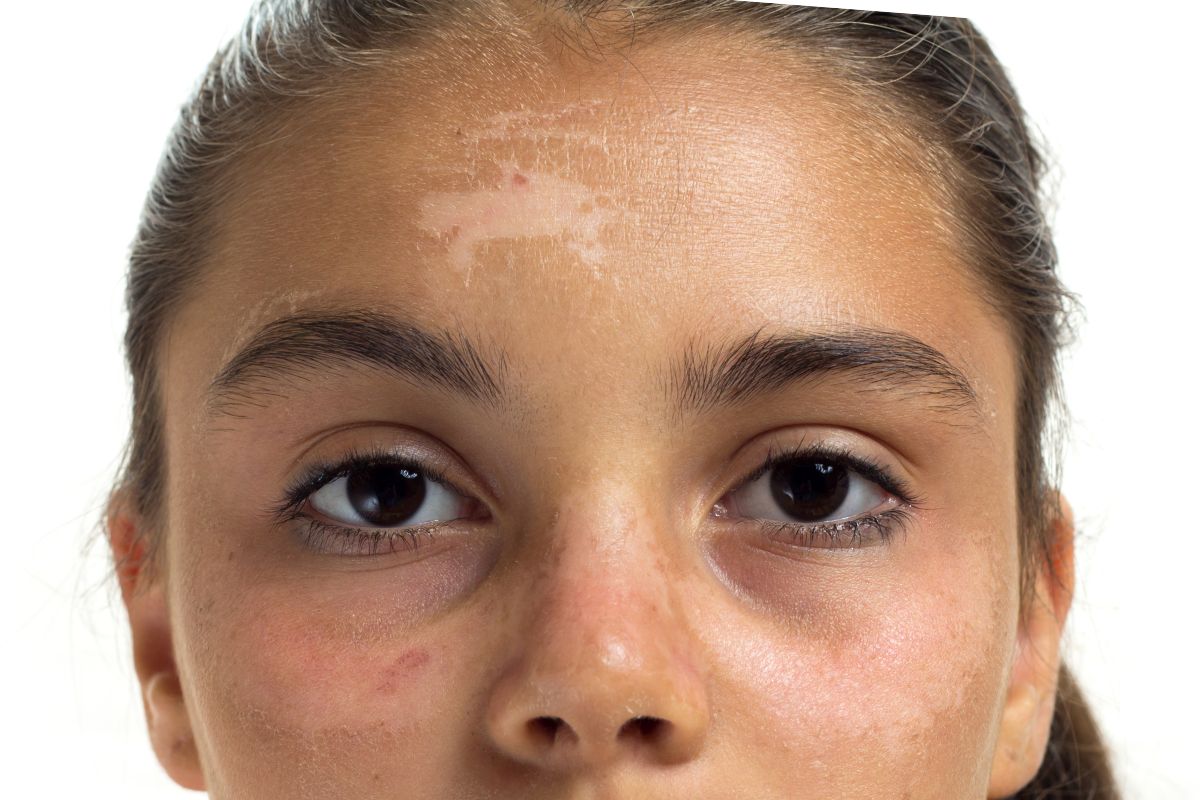Imagine waking up to a clear, even complexion every morning, free from the telltale signs of sunspots. Sunspots, also known as solar lentigines or age spots, are common skin concerns that can affect your self-confidence. But here’s the good news: you don’t have to live with them. In this comprehensive guide, we’ll walk you through everything you need to know on how to treat sunspots on your face, from their causes to effective treatment options and prevention tips. Get ready to say goodbye to sunspots and hello to radiant, spot-free skin.
Introduction to Sunspots
To kick things off, let’s clarify what sunspots are. Sunspots are darkened areas of the skin that often appear as flat, discolored patches. They are primarily caused by prolonged exposure to ultraviolet (UV) rays from the sun. These spots can make your skin look aged and uneven, affecting your overall appearance and confidence. Fortunately, there are ways to treat and prevent them, so let’s dive in.
Causes of Sunspots
Before knowing how to treat sunspots on your face. Understanding the root causes of sunspots is crucial to addressing them effectively. Here are two primary factors contributing to sunspot formation:
1. UV Exposure
Prolonged exposure to the sun’s UV rays is the leading cause of sunspots. UV rays trigger an increase in melanin production, leading to hyperpigmentation. Over time, this results in the development of sunspots.
2. Aging
As we age, our skin becomes more susceptible to sunspots. This is due to cumulative sun damage that may not become visible until later in life. Taking steps to protect your skin now can prevent the appearance of future sunspots.
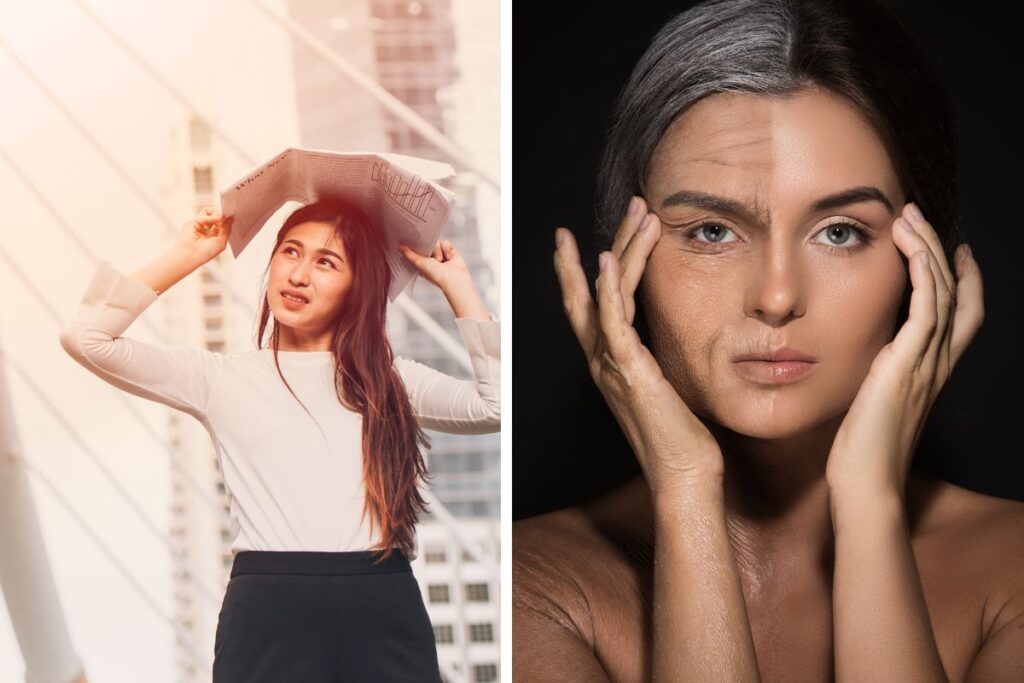
How to Identify Sunspots
Before you can treat sunspots, you need to know what they look like. Sunspots typically:
- Appear as flat, darkened patches on the skin.
- Are often brown, black, or gray in color.
- Are more likely to develop on areas frequently exposed to the sun, such as the face, hands, and shoulders.
To identify sunspots, take a close look at your skin, especially if you’ve had significant sun exposure.
How to Treat Sunspots on Your Face: Home Remedies for Sunspot Treatment
Ready to tackle sunspots head-on? Below, you’ll find some effective home remedies to explore:
3. Sunscreen and Sun Protection
Prevention is key to managing sunspots. Apply broad-spectrum sunscreen with at least SPF 30 daily, even on cloudy days. Don’t forget to reapply it every two hours while you’re outside.
4. Topical Treatments
Topical treatments containing ingredients like vitamin C, niacinamide, or alpha hydroxy acids (AHAs) can help fade sunspots. Apply these products as directed to target affected areas.
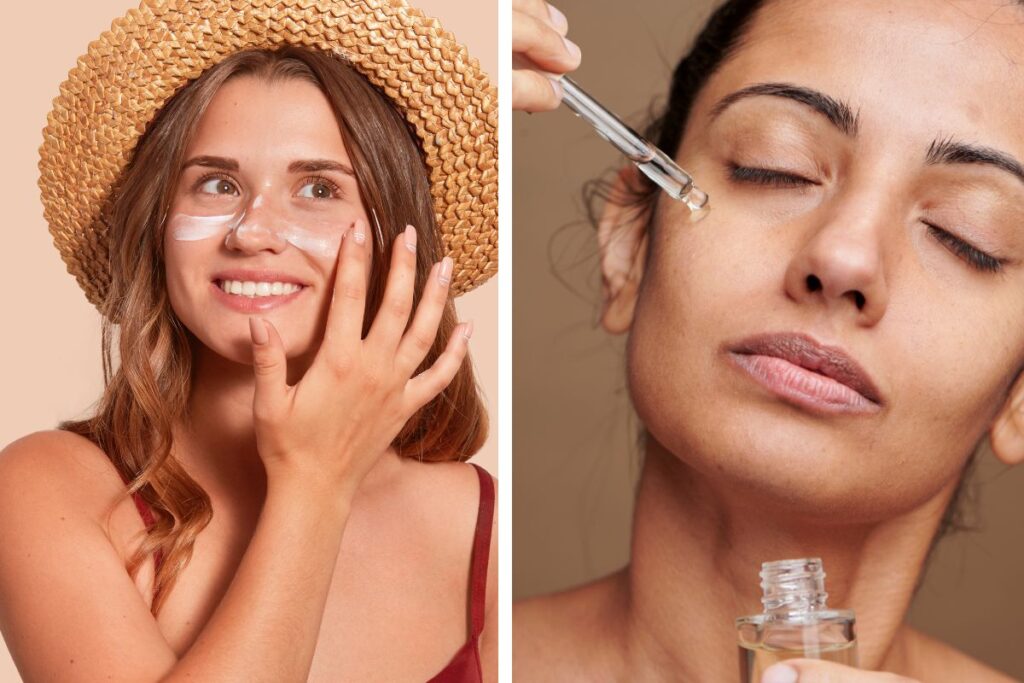
Professional Sunspot Treatments
For more stubborn sunspots or faster results, professional treatments are worth considering:
5. Chemical Peels
Chemical peels, performed by dermatologists, can effectively reduce the appearance of sunspots. They work by removing the top layer of skin to reveal fresh, spot-free skin underneath.
6. Laser Therapy
Laser treatments, such as intense pulsed light (IPL) therapy, can target and break down the pigment in sunspots. Consult a dermatologist for personalized recommendations.
Sunspot Prevention Tips
Preventing future sunspots is just as important as treating existing ones. Here are some proactive measures:
7. Sun Protection Habits
Incorporate sun protection habits into your daily routine. Wear wide-brimmed hats, sunglasses, and protective clothing when outdoors. Find shade during the sun’s peak hours, generally from 10 a.m. to 4 p.m.
8. Regular Skin Examinations
Perform regular self-skin examinations to detect sunspots early. Early detection allows for more effective treatment and prevention of further sun damage.
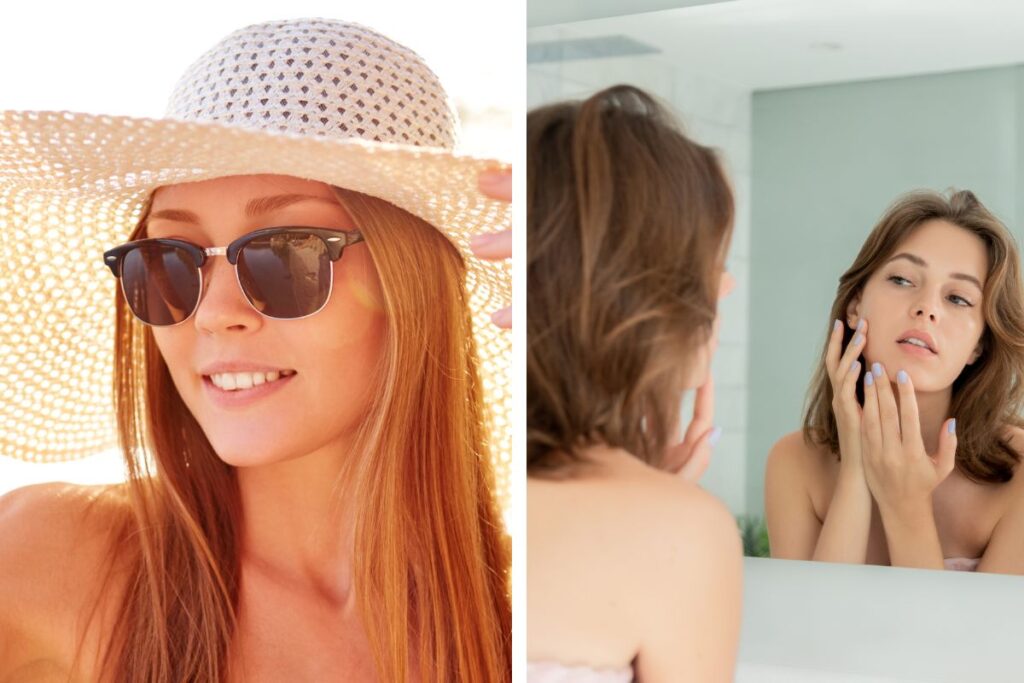
Advanced Sunspot Treatment and Prevention Strategies
9. Stay Hydrated
Proper hydration is essential for maintaining healthy skin. When your skin is well-hydrated, it’s better equipped to recover from sun damage. Drink plenty of water and consider using a hydrating moisturizer to lock in moisture.
10. Antioxidant-Rich Diet
A diet rich in antioxidants can help your skin combat the effects of UV damage. Include foods like berries, leafy greens, and citrus fruits in your diet. These antioxidants can help protect your skin from further sunspots.
11. Over-the-Counter Treatments
Explore over-the-counter products formulated to target hyperpigmentation. Look for ingredients like kojic acid, licorice root extract, and alpha arbutin, which can help fade sunspots gradually.
Maintaining Healthy Skin Habits
12. Regular Exfoliation
Gentle exfoliation can help remove dead skin cells and improve the effectiveness of topical treatments. Use a mild exfoliant with ingredients like glycolic acid or lactic acid a few times a week, but avoid excessive scrubbing.
13. Consistent Sunscreen Use
Sunscreen isn’t just for sunny days. Make it a daily habit, even during the winter or on cloudy days. UV rays can penetrate clouds and windows, so protection is a year-round necessity.
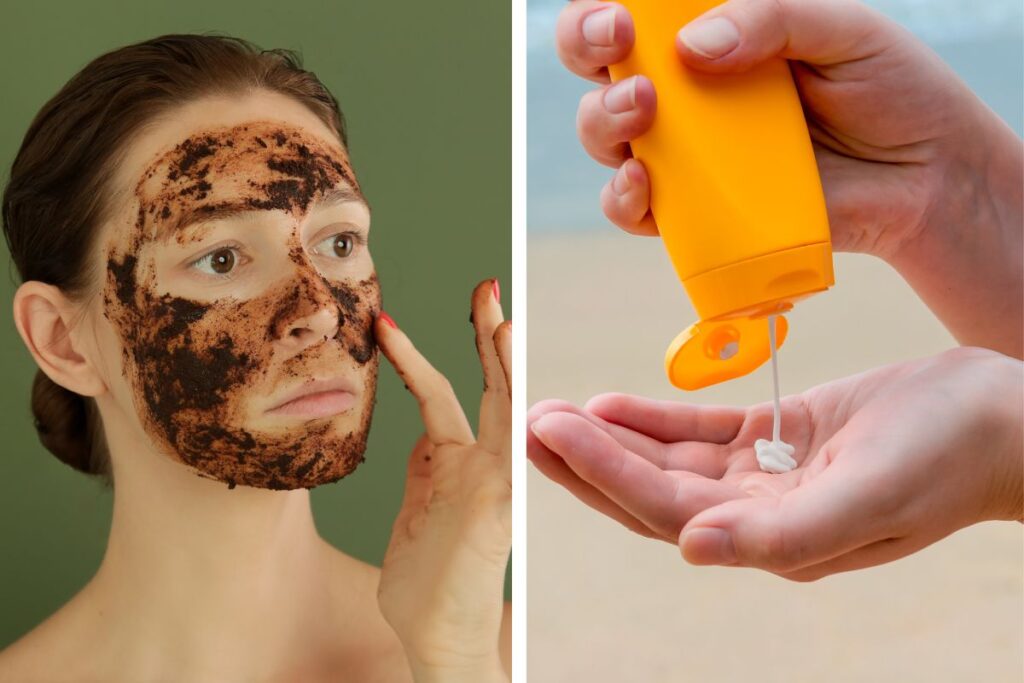
Mindful Sun Exposure
14. Gradual Tan Alternatives
If you’re missing the sun-kissed glow, consider using self-tanning products as an alternative to sunbathing or tanning beds. These products can help you achieve a bronzed look without the risk of UV damage.
15. Seek Professional Advice
For personalized guidance, consult a dermatologist. They can assess your skin, recommend tailored treatments, and provide insights on managing existing sunspots and preventing new ones.
Conclusion and Achieving Clearer Skin
In conclusion, how to treat sunspots on you face and preventing sunspots is entirely within your grasp. Armed with the knowledge of their causes and effective treatment options, you can take action to achieve clear, radiant skin. Remember to prioritize sun protection and be consistent with your skincare routine. With these measures in place, you can confidently bid farewell to sunspots and embrace the beauty of spot-free, healthy skin.

